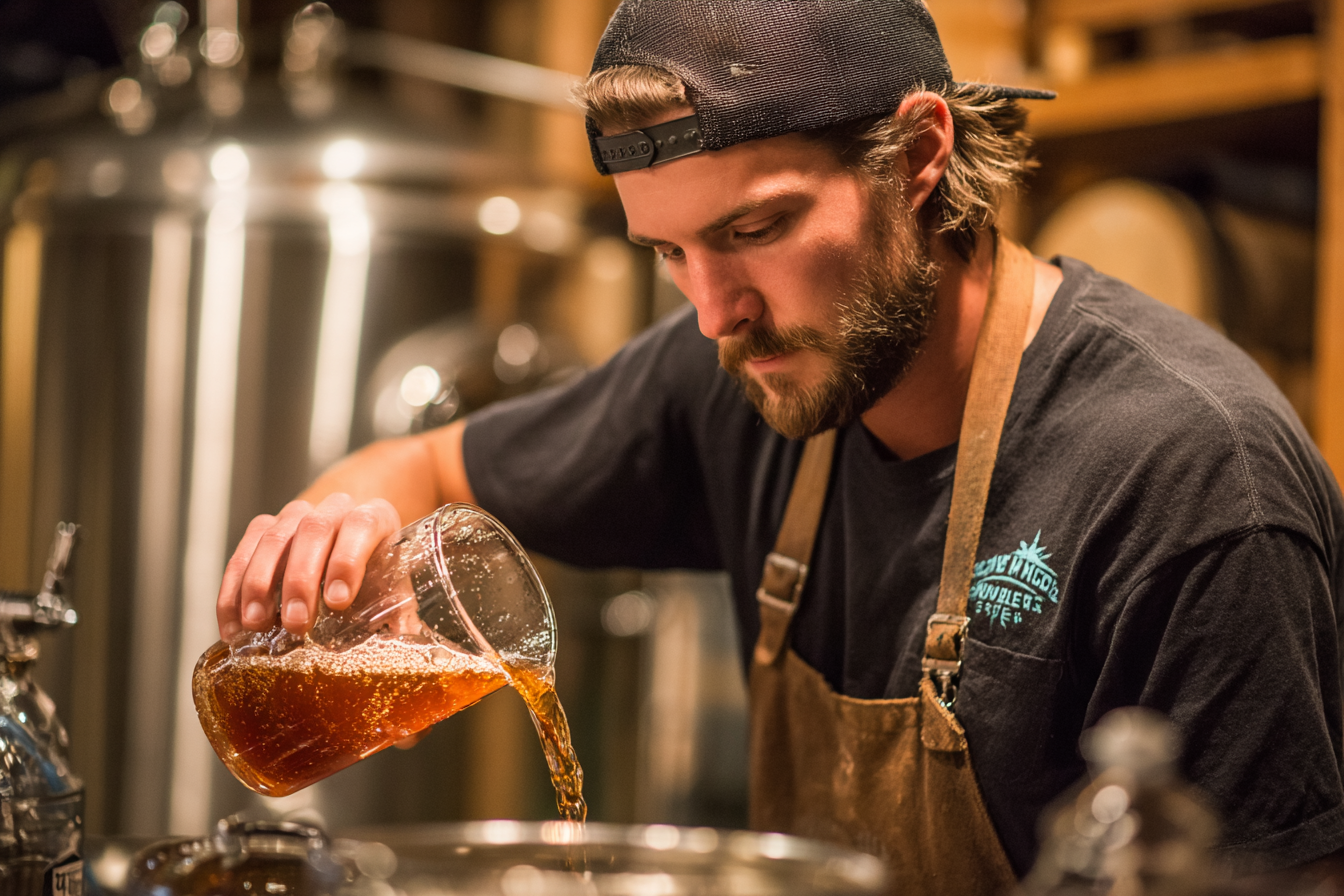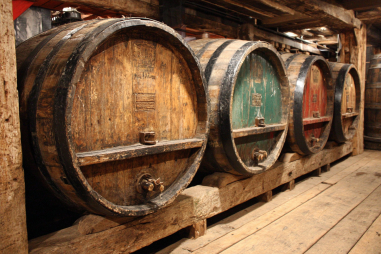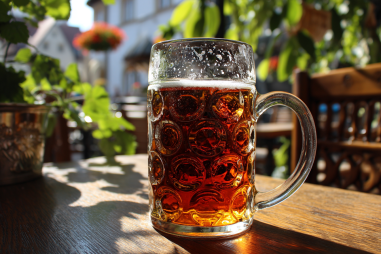If you’ve ever sipped a Czech amber lager and marveled at its rich caramel hues and smooth malt character, you might be wondering how to recreate that experience right in your own home. Brewing a Czech amber lager is a rewarding project for homebrewers who crave authenticity and craftsmanship in their beer. It requires attention to detail, especially in mashing, fermentation, and temperature control, but the process is approachable with the right techniques. Whether you’re just starting out or looking to refine your skills, mastering Czech amber lager brewing techniques can elevate your homebrew to a truly traditional level.
Understanding the Nuances of Czech Amber Lager Brewing
Czech amber lagers, known locally as Polotmavý ležák, are renowned for their balanced malt-forward profile, medium body, and beautiful amber color that ranges from deep copper to reddish-brown. Unlike some other amber lagers, the Czech style places a strong emphasis on a well-rounded malt presence derived mainly from Vienna and Munich malts, often complemented with a modest use of caramel malts for sweetness and color.
The hopping is typically restrained, leaning toward noble hops like Saaz, which contribute mild floral and spicy notes without overpowering the malt backbone. The yeast used is traditional Czech lager yeast that ferments cleanly with a gentle fruity ester character.
The main brewing nuances for a Czech amber lager revolve around the mash profile, which often employs decoction mashing or step mashing techniques to enhance malt complexity and mouthfeel. Fermentation temperature control is critical to achieving the clean and crisp finish that is characteristic of this style.
Step-by-Step Brewing Guide
To get started with your Czech amber lager, follow these key steps:
- Grain Bill Preparation: Begin with a base of pilsner malt (around 70%), with Vienna and Munich malts making up the remainder. Add small amounts of caramel/crystal malt—usually between 5-10%—to achieve the proper color and sweetness.
- Mash Schedule: Perform a step mash to enhance malt complexity. A typical schedule might involve:
- Mash-in at 113°F (45°C) — protein rest for 20 minutes
- Heat to 149°F (65°C) — beta amylase rest for 30 minutes to develop fermentable sugars
- Raise to 158°F (70°C) — alpha amylase rest for 30 minutes for dextrin and body
- Boil out mash at 170°F (77°C) for 10 minutes to end enzyme activity
- Boil: After lautering and sparging, bring the wort to a vigorous boil. Add hops in stages:
- Primary bittering hop addition at the start
- Optional late hop additions in the last 15 minutes for aroma
For Czech amber lagers, keep hop bitterness moderate, targeting around 20-30 IBUs.
- Fermentation: Once cooled, pitch your yeast at around 50°F (10°C) and allow fermentation between 50-55°F (10-13°C) for 2 weeks. This lower temperature range fosters a clean profile with subtle fruitiness.
- Lagering: After primary fermentation, drop the temperature to near freezing (32-35°F / 0-2°C) for 4-6 weeks. This extended cold storage enhances clarity, smoothness, and flavor maturation.
The Role of Temperature Control and Fermentation Timing
Temperature control is the linchpin of successfully crafting a Czech amber lager. Unlike ales, lagers demand cool, consistent fermentation temperatures that can challenge homebrewers without proper equipment.
Starting fermentation near 50°F (10°C) ensures a slow, clean yeast activity, limiting off-flavors and preserving the subtle malt and hop balance. Rising temperatures or spikes can produce unwanted esters or diacetyl, which muddy the delicate flavor profile.
Monitoring and maintaining steady temperatures through controlled cooling systems, such as a fermentation chamber or temperature-controlled fridge, will greatly improve your brew’s authenticity. Additionally, the extended lagering phase at near-freezing temperatures smooths the beer’s profile by encouraging yeast flocculation and sedimentation. Rushing this stage often leads to haze and rough flavors.
Tips for Achieving Traditional Color and Flavor
Getting that classic amber color and malt-forward flavor takes some attention:
- Use Quality Malt: Selecting specialty malts like Vienna, Munich, and light caramel malts helps provide the distinct maltiness and amber hue. Avoid darker roasted malts that will shift the profile toward a darker, roasted character.
- Mash Techniques: Using step mashing or even decoction mashing (if you’re feeling ambitious) enhances malt complexity and imparts a richer color naturally.
- Balance Your Hops: Use noble Czech hops like Saaz sparingly. The malt should shine, so keep hop bitterness moderate to avoid overshadowing the malt sweetness.
- Water Chemistry: Czech lagers historically use soft water with balanced mineral content. Adjust your brewing water to limit sulfate and chloride spikes, aiming for a neutral to slightly malty profile.
Common Challenges and Troubleshooting
Like any specialized beer style, brewing Czech amber lagers can present a few challenges:
- Off-Flavors From Temperature Fluctuations: Overheating during fermentation can cause fruity esters or diacetyl. Make sure to maintain stable fermentation temperatures.
- Poor Clarity: Insufficient lagering or lack of proper cold conditioning can lead to haziness. Patience with cold storage and possible use of fining agents can improve clarity.
- Overly Bitter or Hoppy: Resist the urge to add too many hops. Remember, Czech amber lagers highlight maltiness above hoppiness.
- Light or Pale Color: Insufficient caramel malt or incorrect mash schedule can result in a beer that lacks the trademark amber shade. Review grain bill and mash steps if your color is off.
Equipment Recommendations for Homebrewers
The right equipment can make or break your lagering success. Here are essentials and recommendations for homebrewing a Czech amber lager:
- Temperature-Controlled Fermentation Chamber: This can be a modified refrigerator or chest freezer with a temperature controller, crucial for maintaining ideal lager fermentation temps.
- Proper Mash Tun: A good insulated mash tun or a programmable HERMS/RIMS system will help you achieve precise step mashes.
- Quality Wort Chiller: Quickly cooling wort to pitching temperature reduces infection risk and hop aroma loss.
- Lagering Vessel: A secondary fermenter or dedicated keg that can be stored at near-freezing temperatures aids in the cold conditioning phase.
- Hydrometer or Refractometer: To track fermentation progress and ensure you’ve hit terminal gravity before lagering.
Investing in this equipment improves consistency, control, and ultimately, the quality of your Czech amber lager.
Brewing Your Own Czech Amber Lager with Confidence
Mastering Czech amber lager brewing techniques may seem complex at first glance, but with a bit of practice and patience, the process becomes intuitive and deeply rewarding. By understanding the brewing nuances, carefully managing mashing schedules, maintaining rigorous temperature control throughout fermentation and lagering, and selecting the right ingredients and equipment, you can craft a highly authentic amber lager that reflects the rich brewing traditions of the Czech Republic.
Whether you’re brewing your very first batch or honing your lagering skills, embracing these time-tested techniques will elevate your homebrew to new levels of flavor, clarity, and drinkability. So gather your malts, prep your mash tun, and embark on the journey toward mastering the art of Czech amber lager brewing. Your taste buds will thank you!







